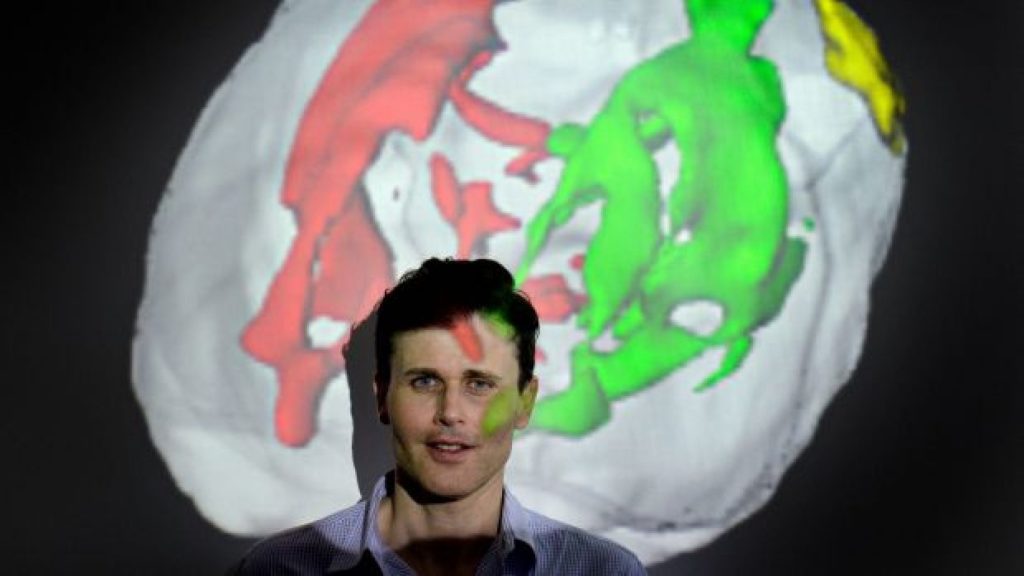Finding the back gate to schizophrenia
Schizophrenia affects around 3 out of every 1000 Australians aged 18-45 and as national Schizophrenia Awareness Week commences (14 – 21 May 2017), Australians who live with this debilitating disorder will be questioning if science and research is any closer to understanding why it develops and what we can do about it.

For most sufferers of schizophrenia, cognitive brain functions such as working memory, abstract reasoning and inhibition can become so compromised that researchers now suspect the brain areas responsible for these functions have more influence on the development of schizophrenia than originally thought.
The world’s top non-governmental funder of mental health research grants, The Brain & Behavior Research Foundation, based in the US, recently announced that Australian researcher Associate Professor James Bourne from the Australian Regenerative Medicine Institute (ARMI), Monash University has been awarded a two year NARSAD Independent Investigator Grant., to study the dorsolateral prefrontal cortex (DLPFC), the brains control centre for cognitive function, and its connection with the nearby medial pulvinar when affected by schizophrenia.
Associate Professor Bourne believes that the medial pulvinar, which can ‘gate’ the transfer of cognitive functions in and out of the DLPFC and any impairment or changes in this gating process could highlight the reasons why schizophrenia develops in the first place and how we can create an earlier diagnosis and intervention strategy.
“We suspect that any abnormalities to the menial pulvinars gating process is influencing a vital part of what is going awry for someone suffering schizophrenia, as the brains way of filtering messages in and out of these areas has displayed impairment as a result.
“By remodelling and defining this area of direct connectivity to cognitive function, we can closely observe how much any medial pulvinar development abnormalities during early life through to adulthood will disrupt executive behaviour in adulthood, which is when schizophrenia usually presents itself.” Says Bourne
Using a primate animal model, as only primates and humans have a developed DLPFC area of the brain, Bourne’s team will also deactivate the medial pulvinar connectivity in early life to see what consequence this has on the overall function, and subsequently the behaviour of the animal once it reaches adulthood.
“Even in patients with a family history of schizophrenia, diagnosis is generally not established until the first psychotic episode, which usually presents in adulthood and this often occurs years after the actual onset of the disorder.”
“Our research effort is not only essential for further understandings on the brain and the development of mental health diseases such as schizophrenia, but if we are able to prove the relationships between the DLPFC and an abnormal menial pulvinar, this could lead to the establishment of early stage diagnosis and even novel early intervention treatment strategies,” says Bourne.
